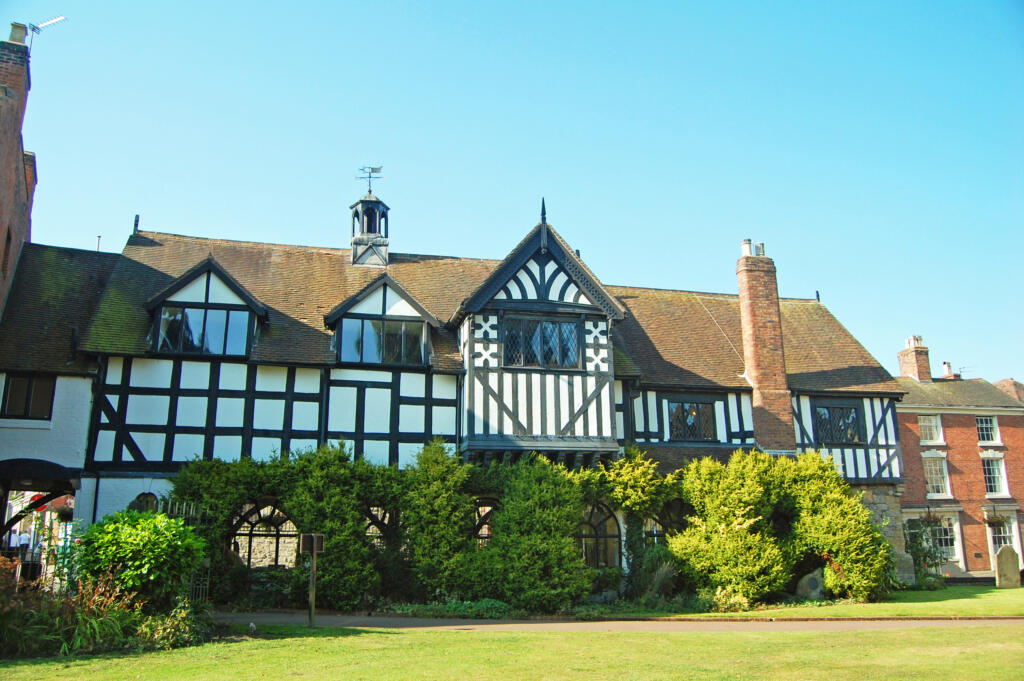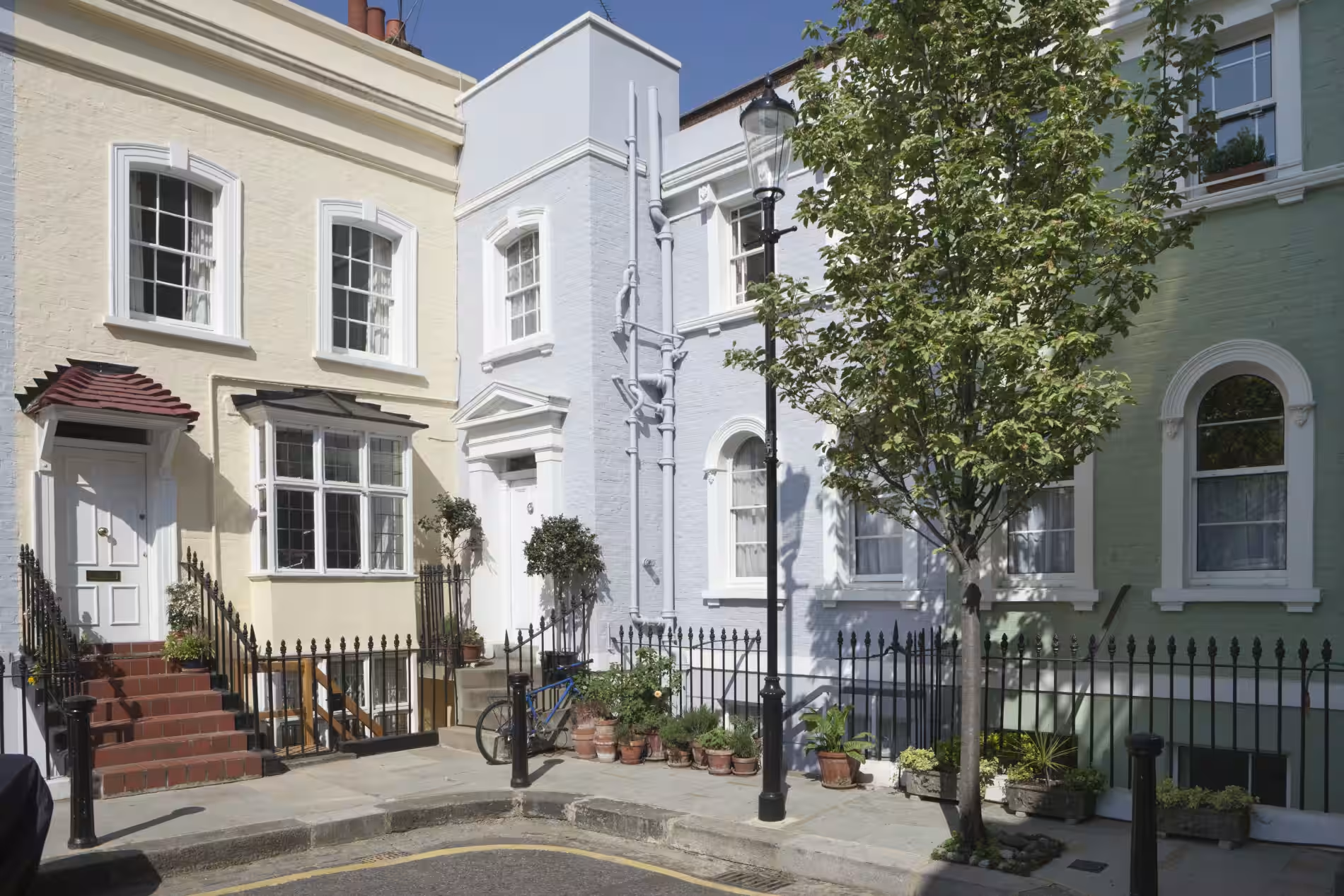Owning a listed building is like owning a little piece of history – and getting to call it home.
Far more than just a label, listed buildings represent properties that have played a role in shaping our culture. That heritage is worth protecting.
But while listed buildings are known for their charm and character, those same characteristics – and their legal protections – can make them all the more complex to protect.



What is a listed building?
A listed building is a historically or architecturally significant building that has legal protections, with the ‘list’ in question referring to a database of similarly protected buildings; in England, this is the National Heritage List for England.
A listed building can receive one of three grades: Grade I, Grade II*, or Grade II. Each grade affords the building a different tier of protection and restrictions on alterations that can be undertaken, with Grade I reserved for buildings of ‘exceptional’ interest. Read more about what each listing means in our listed building guide.
The unique challenges of insuring listed buildings
Listed buildings insurance is designed to meet the unique needs of listed properties. Being much older than the average property, a listed building will typically cost more to repair and maintain because of the traditional materials and skilled labour required. They’re also more likely to develop damp or subsidence issues.
As a result, some insurance companies won’t cover them, and it can be harder to obtain a quote from standard providers. Additionally, this type of insurance is typically more expensive than standard home insurance.
As well as the usual home cover features, a listed building policy will typically:
- Preserve the historical and architectural value of the property by covering the cost of restoration – using the proper materials and techniques for authenticity – in the event of damage.
- Cover the cost of rebuilding, which is often significantly more expensive for listed buildings than standard properties. Plus, adheres to conservation guidelines.
- Pay for specialised repairs and restorations, e.g. from skilled artisans and craftsmen, as well as sourcing specialised labour and materials to support the authenticity of the rebuilding.
- Provide comprehensive cover against increased risks faced by listed buildings compared to standard homes, including subsidence, flooding, fire, and theft.
- Meet legal obligations. Listed building owners have legal obligations to maintain and protect their property, and are protected by their insurance should any liability arise.
How do I choose my listed building insurance?
Listed buildings come in all shapes, sizes and grades, so there’s no one-solution-fits-all for choosing insurance. That said, here’s what you’ll want to consider:
- The more accurate the rebuild cost, the better. Think about not only the type of rebuild materials and how easily they can be sourced, but also the cost of the craftsmanship/labour, historical significance and local regulations. You don’t want to be underinsured, especially not with a listed building.
- Specialist insurers. You don’t want to trust just anyone with your listed building. The right insurer will have a deep understanding of the unique requirements and risks faced by homes like yours, so they can make sure you’ve got the cover you – and your home – need.
- What you’re covered for. Get familiar with the policy documents and wordings to really understand the extent of the cover on offer. It should cover the cost of rebuilding, contents, public liability, legal expenses, and additional protections specific to your type of listed building.
- Compliance. You’ll of course want to make sure that your policy meets the mandated requirements set out by conservation guidelines, heritage bodies or local authorities overseeing listed buildings.
Our cover is built to last, too
Your home is more than just a building. Protect every corner – including the memories – with Stanhope’s robust listed buildings protection.
You can read about insuring thatch properties within the blog section of our website too.
Get a quote now
After my former insurer withdrew from the market (for insuring Grade II listed properties) my then broker could only offer insurance at double the cost of the prior year. Having enquired online with Stanhope, I was promptly called, talked through the options by a very knowledgable chap who managed to secure me a price slightly below what I previously paid. All in an excellent and very professional service. Thanks!
5 Star Review ReviewsIO

